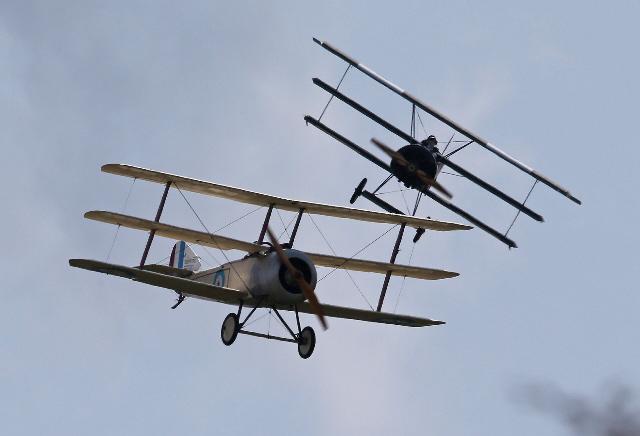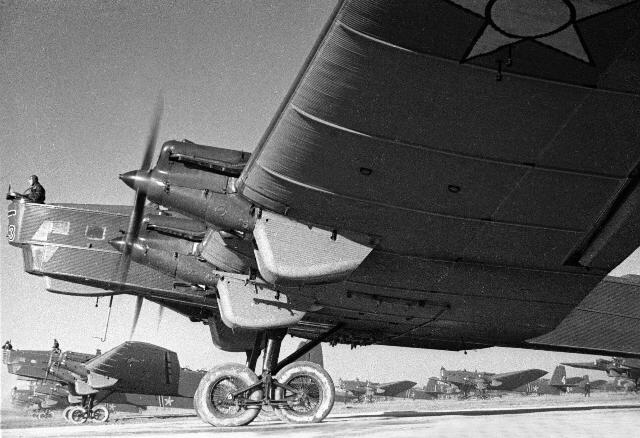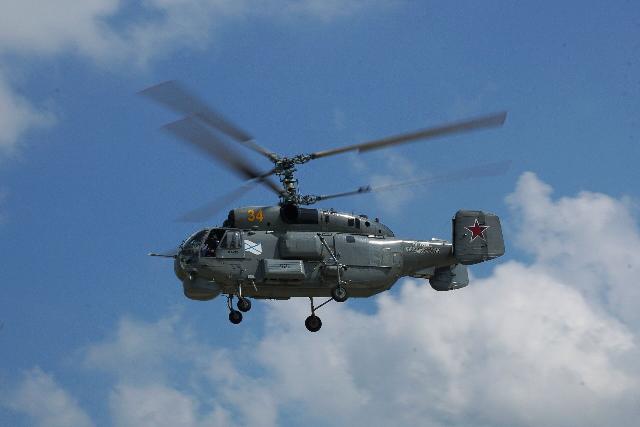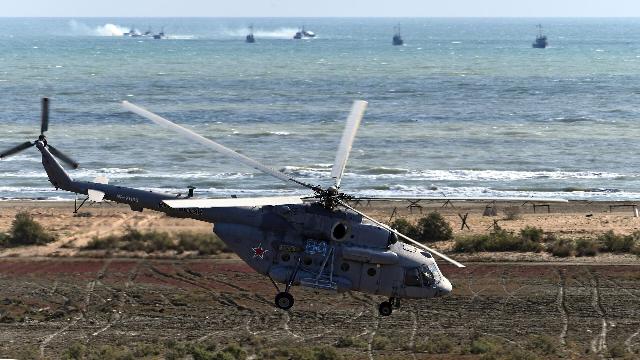Today is the Day of Naval Aviation of the Russian Navy
MOSCOW, July 17 — RIA Novosti, Andrey Kotz. The history of naval aviation of the Russian Navy dates back to the First World War. This is a very important branch of the armed forces for ensuring the security of the country. The pilots are still performing combat missions, including in the zone of a special military operation. About the features of their work — in the material of RIA Novosti.
More than a century in the ranks
On July 17th, 1916, four seaplanes took off from the aircraft carrier Orlytsa and engaged in battle over the sea with four German vehicles that were trying to attack the Russian naval base on the Baltic island of Saaremaa. As a result, two Kaiser airplanes were shot down, and the rest fled. In honor of this first victory, the Naval Aviation Day was established.

Reconstruction of air combat during the First World War
Image source: © Fotobank.ru/Getty Images
Since 1918, regular units of this kind of troops took part in the Civil War, interacting with ships and troops in the battles near Petrograd, the Baltic, the Black Sea, the Volga, Kama, Northern Dvina and Lake Onega rivers. In 1920, naval aviation was transferred to the Workers' and Peasants' Red Air Fleet. Operationally, subordination to the commanders of the naval forces (fleets) was maintained. In the same year, the air fleets (since 1924 — the Air Force) of the Baltic, Black and Azov Seas were created, and in the mid-1930s — the Pacific and Northern Fleets.
By the Great Patriotic War, the Navy Air Force had about 2.5 thousand aircraft: 45 percent — fighters, 25 — reconnaissance aircraft, 14 — bombers, ten — torpedo bombers. In August —September 1941, Baltic pilots carried out eight raids on Berlin. And in total, Soviet naval aviators accounted for more than 700 sunk ships and 5.5 thousand destroyed enemy aircraft during the war years. Two hundred and forty-one pilots were awarded the title of Hero of the Soviet Union.

The Tupolev TB-3 (also known as the ANT-6) was a Soviet heavy bomber in service with the Soviet Air Force in the 1930s and during the Great Patriotic War. The Soviet TB-3 aircraft at the start
Image source: © RIA Novosti / Georgy Zelma
Then naval aviation was transferred to jet aircraft, equipped with guided and unguided missiles, bombs, torpedoes and missiles with nuclear charges. In 1960-1961, the mine-torpedo and fighter aircraft were abolished, creating missile-carrying and anti-submarine aircraft. The deck room appeared. The naval missile carriers were given the most difficult task — the destruction of aircraft carrier groups of a likely enemy.
By the time of the collapse of the USSR, the Navy's aviation numbered more than two thousand aircraft and helicopters, including 328 missile carriers, 715 bombers, 196 attack aircraft, fighters and anti-submarine aircraft. As well as about a hundred reconnaissance, target designation and electronic warfare aircraft, 343 combat helicopters, 436 aircraft and auxiliary helicopters.
For various tasks
According to modern Military doctrine, the tasks of naval aviation include the search and destruction of the combat forces of the enemy fleet, its amphibious units, convoys and single ships at sea and at bases, covering ships and fleet facilities from air strikes, the destruction of aircraft, helicopters and cruise missiles, conducting aerial reconnaissance, mine warfare, electronic warfare, search- rescue work.
Functionally, naval aviation is divided into missile-carrying, anti-submarine, fighter, reconnaissance and auxiliary purposes. To the places of deployment — on deck and shore. The first one includes the wing of the Admiral Kuznetsov cruiser on Su-33 aircraft, which is currently under repair, as well as deck helicopters. The second category includes fighters, bombers and interceptors based at airfields near the coast.
Today, the marine aviation fleet is not as diverse as it was under the Soviet Union, but it still includes many types of equipment. These are Su-27 and Su-33 fighters, Tu-22M and Su-24 bombers, anti-submarine Tu-142, Il-18 and Be-12, An-12 and An-26 transport, Ka-25, Ka-27 and Mi-14PL anti-submarine helicopters, transport and combat Ka-29 and Mi-24, Mi-14BT minesweeper tugs, Mi-8 and Mi-17 multi-purpose helicopters.
Heavy aircraft carrier Admiral of the Fleet of the Soviet Union Kuznetsov at the berth of the shipyard in Murmansk
Image source: © RIA Novosti / Pavel Lvov
All Russian fleets and the Caspian Flotilla have their own aviation. Naval aviation officers have land titles, but all are subordinate to the command of the Navy. They are constantly in close contact with a likely opponent. Probably, it is impossible to count how many approaches of Russian aircraft with Western ones over neutral waters after the Cold War. Mutual monitoring is ongoing.
The war on marine drones
For geographical reasons, the naval aviation of the Black Sea Fleet is primarily involved in the zone of a special military operation. In this theater, it is represented by vehicles of the 43rd separate naval assault regiment (Saki airfield) and the 318th separate mixed aviation regiment (Kacha). The Black Sea Fleet pilots covered the landing of marines in Berdyansk and Primorsk, ensured the blockade of Mariupol from the sea, and kept NATO reconnaissance aircraft at a respectful distance.

Ka-29 helicopter at the competition for air training of flight crews of naval aviation of the Russian Navy "Marine as - 2016" in Yeysk
Image source: © RIA Novosti / Georgy Zimarev
Over time, other tasks arose. The enemy is actively using mined unmanned boats in the Black Sea theater of operations. With their help, the Armed Forces of Ukraine are trying to damage both ships and the coastal infrastructure of the Black Sea Fleet. This threat is effectively countered by Ka-27 and Ka-29 naval helicopters patrolling the waters and tracking down intruders. Marine drones are destroyed by fire from on-board weapons.
The capabilities of naval aviation will expand soon. By the end of the 2020s, two universal amphibious assault ships of the 23900 project "Ivan Rogov" and "Mitrofan Moskalenko" should enter service. Each takes on board up to a thousand Marines and up to 75 pieces of military equipment, as well as an air group of up to 20 deck helicopters and several UAVs. These ships would be very useful today, but the Navy in the Russian Armed Forces is being modernized the longest.

